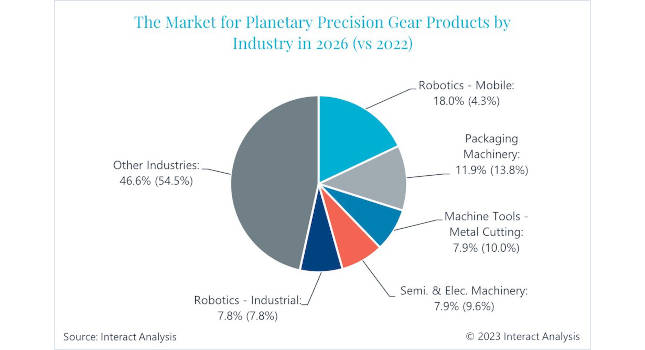Plant managers get more information than ever. For some, the issue is not measuring the performance of equipment as much as it is managing the mountain of data that comes streaming out of PLCs, probes and sensors. At its Performance Management Executive Breakfast on April 30 in Chicago, officials from Activplant, Microsoft and Deloitte discussed the idea of finding the places on the manufacturi...
Plant managers get more information than ever. For some, the issue is not measuring the performance of equipment as much as it is managing the mountain of data that comes streaming out of PLCs, probes and sensors. At its Performance Management Executive Breakfast on April 30 in Chicago, officials from Activplant, Microsoft and Deloitte discussed the idea of finding the places on the manufacturing line that needed the most attention and spending resources to solve those specific problems.
“We need to reduce the overproduction of information,” said Doug Gish, principal with Deloitte. “We need to expand our definition of waste in manufacturing to include information. Let’s make sure we expend time where it matters.”
One way to do that, according to Activplant founder and chief product strategist Dennis Cocco, is to find where the constraint to productivity is on a manufacturing line. “Instead of focusing on individual workstations’ performance, downtime and lifecycles, focus on the flow of product through the facility and understand the chronic disruptors to product flow,” Cocco said.
Rather than focusing on events, such as bearing failures, Cocco said trending of manufacturing line performance helps focus attention on where the process slows up. Fixing those consistent constraints, he said, drives up productivity and frees resources for use elsewhere. “Where do you invest your productivity?” Cocco asked.
Coca Cola Amatil of Australia is an ActivPlant client and has used its Throughput Analyzer to focus on constraints in the bottling and canning process. “Activplant didn’t solve the problem,” said Wayne Luxford of Coca Cola Amatil. “Precise, accurate and continuous data pointed us in the right direction. It gave us the data to solve the problem.” The result was an increase of 500,000 cases a year of product created without increases in labor costs.
“It’s about having information and choosing what you do with it,” Activplant president Chuck Frosst said. “How do you lead that change in your organization? Am I driving a culture that shows each employee that when they improve a process, they are adding value to the organization and not just doing a job?”
“Operator involvement is often overlooked,” Cocco said.
“We’re buried with data, but there’s not enough information,” Gish added. “You need to look at what are the three to five key things I need to look at to understanding the health of my organization.”



